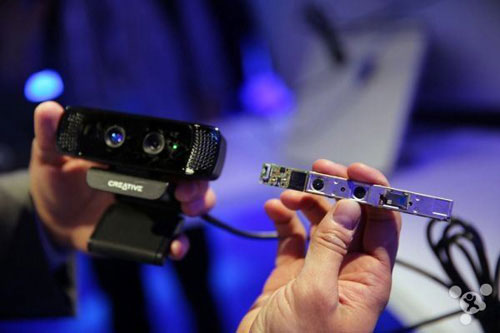Shipbuilding is an ancient technology that appeared before human beings had a historical record, and has a history of ten of thousands of years. From the original hand-made to the later production of large machines, shipbuilding crafts have their advantages in different historical periods. However, today, another new technology has been applied to the shipbuilding industry. Compared with all previous technologies, there has been a significant breakthrough, that is, the 3D printing technology that has attracted much attention.
3D printing empowers the shipbuilding industry:
Not long ago, the University of Maine issued a statement: It took 72 hours for a 3D printer at the University's Advanced Structures and Composites Center to print a 7.6-meter-long, 2,268-kg patrol boat with a total manufacturing cost of about $ 40,000. In Australia, 3D printing technology will also begin to be applied to the shipbuilding industry. The Australian Ministry of Defence is funding a two-year, $ 1.5 million test project to assess whether the Royal Australian Navy can use a 3D printer with breakneck speed. The Armidale-class patrol boat formation provided more parts.

With the maturity of related technologies, 3D printing, as an emerging rapid prototyping technology, has the characteristics of efficient customization, high accuracy, and low cost, and has become popular in many fields. For the average person, 3D printing technology may only be a general concept and does not understand the technology. In the process of 3D printing, a series of sophisticated techniques are required to support each other to achieve the final printing success. One of these has to be mentioned 3D sensing technology.
3D sensing technology application scenarios:
Thanks to the rapid development of the smartphone industry in recent years, Apple iPhone X's innovative reference to 3D structured light cameras, using facial recognition technology to replace previous fingerprint recognition, has made 3D sensing technology popular and “enter the homes of ordinary people.” The earliest application on smartphones is just the epitome of many scenes of 3D sensing technology. Because it is closer to the majority of users, the recognition in this regard will also be more intuitive. Besides, it is also widely used in mobile payment, home furnishing, security, construction, and other fields. For the majority of manufacturers, they should think about how to develop a more comprehensive application scenario of 3D sensing technology and commercialize it at a cost-effective and convenient operation.

Chinese 3D sensing company emerges:
3D printing technology appeared in the mid-1990s. At that time, because 3D sensing technology was not yet mature, it significantly restricted the development and application of 3D printing technology. After entering the 21st century, various countries have made great efforts in 3D sensing technology and made great strides forward. As a rising star in the industry, China has also made significant achievements in 3D sensing technology in recent years, and even many foreign companies have begun to turn to targets to seek cooperation with Chinese related companies.
As one of the world's most extensive information technology (IT) companies, Kmpass has three business groups: Information Product Group, Printing and Imaging Systems Group, and Enterprise Computer Professional Services Group, which are all leaders in the industry. In terms of 3D printing, it chose to cooperate with a Chinese company, 3D Sensing Leader Orbi Zhongguang, and has applied it in-depth on many products. With recognition.

It is foreseeable that with continuous improvement of 3D sensing technology, it will undoubtedly bring iterative upgrades to many traditional industries. For the majority of users, it will also make our lives and work more intelligent and convenient. This may be the most significant original intention of the development of 3D sensing technology.
TRUNNANO (aka. Luoyang Kmpass Nano Technology Co. Ltd.) is a trusted global chemical material supplier & manufacturer with over 12 years’ experience in providing super high quality chemicals and Nano materials. The 3D printing metal powder produced by our company has high purity, fine particle size and impurity content. Lower, please contact us if necessary.



